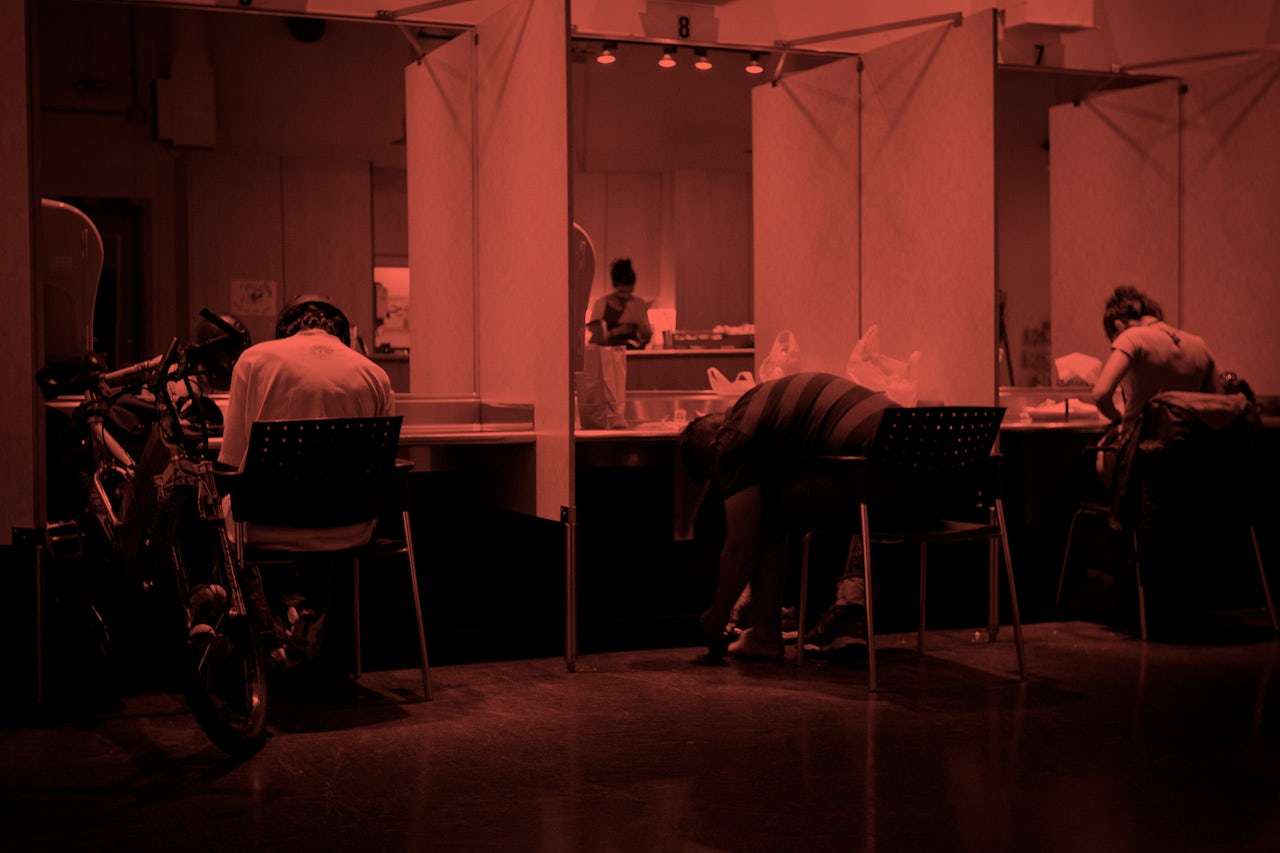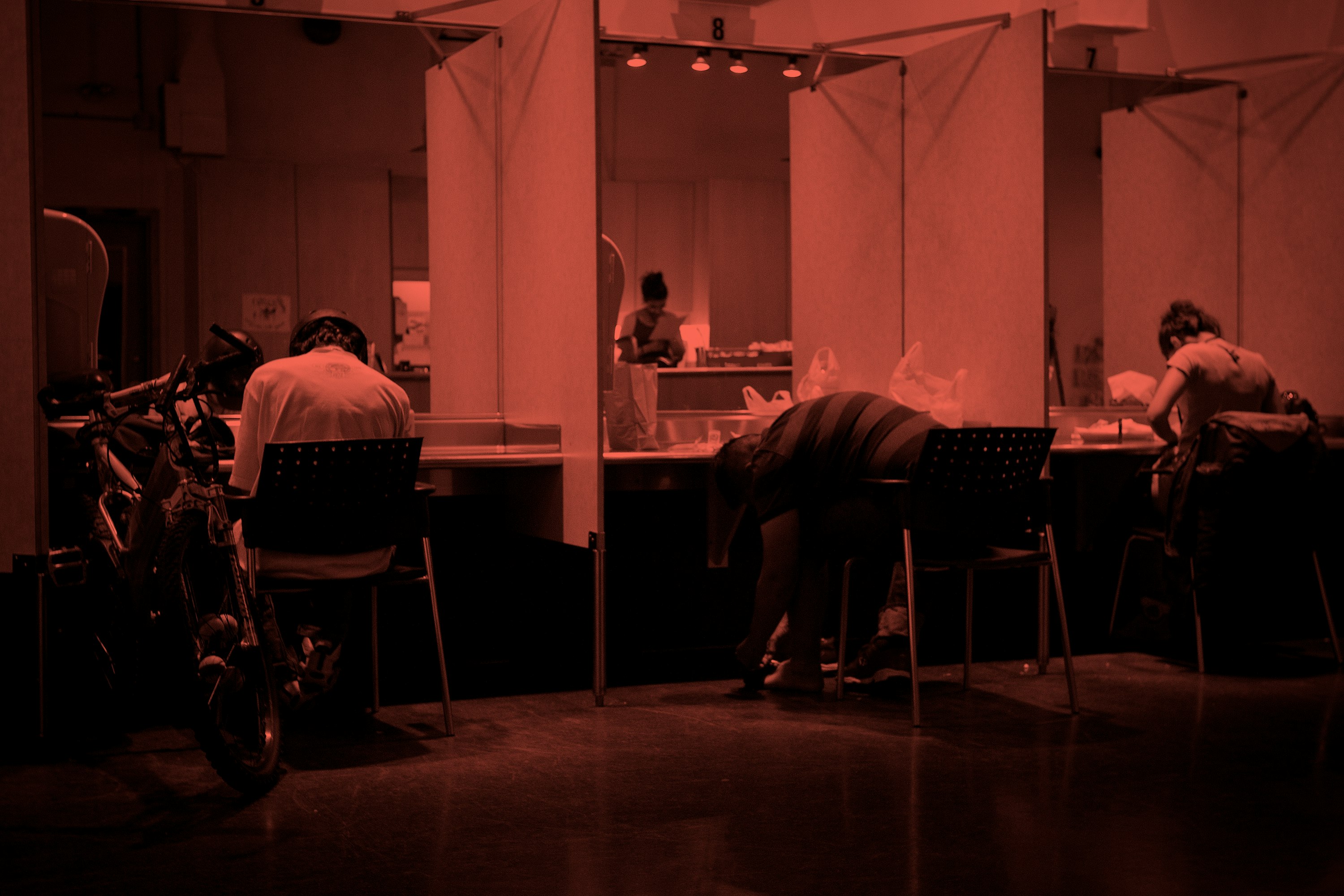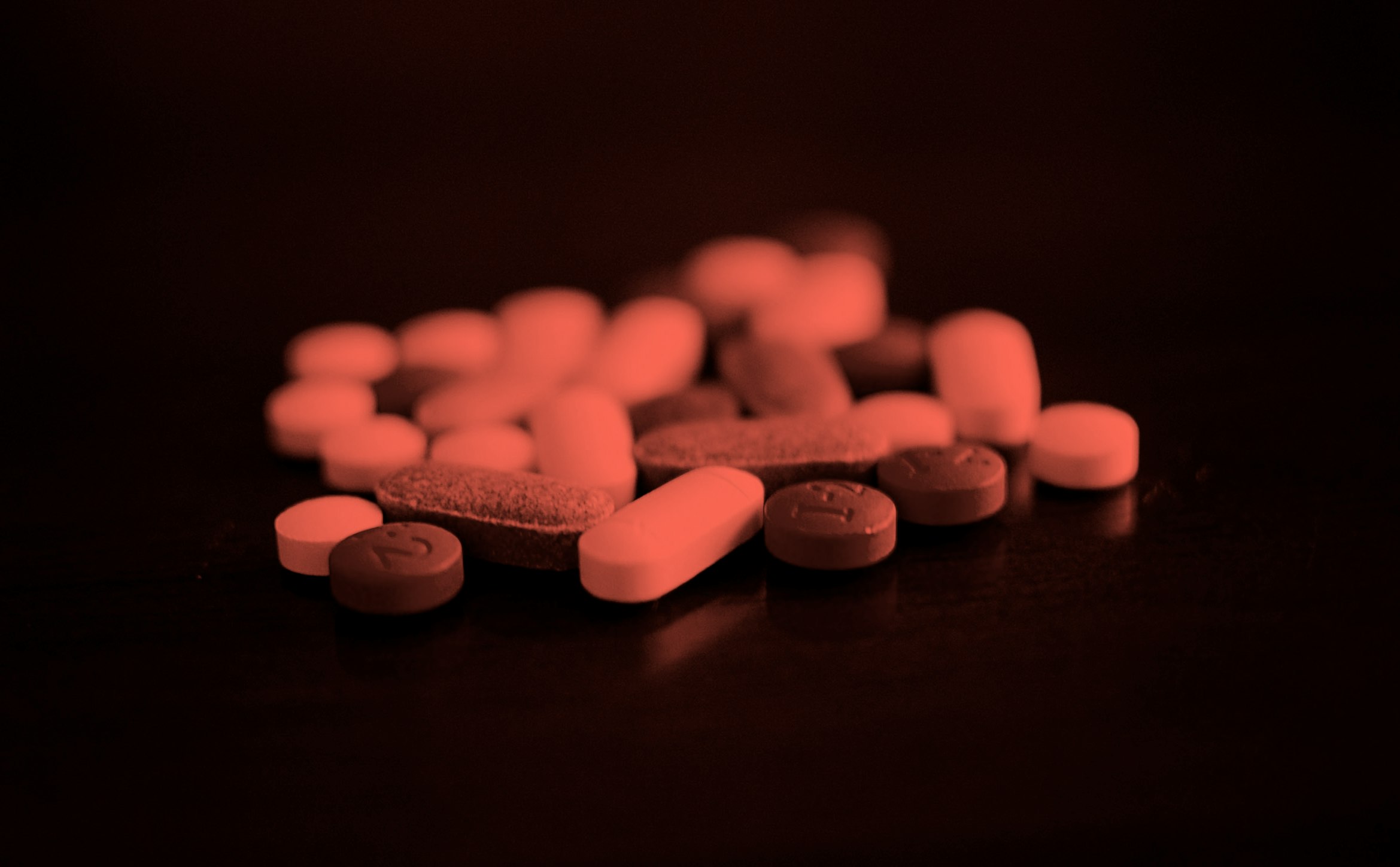Canada and the US are in the grip of an opioid addiction epidemic, driven largely by an increase in use of prescription painkillers. There is widespread acknowledgement of the problem, with local governments declaring public health emergencies, but the solution is evasive.
The challenge of reducing addiction is so monumental that public health advocates are now pushing for a form of harm reduction that has historically been controversial: taxpayer-funded "supervised injection service." In 2017, Canada will consider a bill that would make it much easier to provide supervised injection service at clinics.
Supervised injection sites are places where injection drug users can bring their own drugs and use them in a safe, sterile environment with medical staff nearby in case of an overdose. While it doesn’t directly help users get sober, it does reduce fatal overdoses and the transmission of bloodborne diseases such as HIV. The clinics can also offer drop-in services and methadone or suboxone opioid replacement programs.
Until this month, Canada has had two such sites in Vancouver. Insite, which opened in 2003, was sanctioned by the federal government. The Dr. Peter Centre opened a year earlier in 2002, but it only received a federal blessing last January. A 2010 study found that one of the clinics prevented 35 new cases of HIV and almost three deaths per year, saving more than $6 million annually; another in 2011 found that overdose deaths in the area fell 35 percent in the first two years of operation.
The need for some kind of solution is more pressing than ever as fentanyl, an especially dangerous opioid, spreads rapidly across North America. The number of street drugs that contained fentanyl, which is sold under brand names including Duralgesic, rose 40 percent from 2015 to 2016 in Canada. Fentanyl deaths in the US doubled from 2013 to 2014. Authorities believe it’s being illicitly produced in a powdered form and shipped from China to drug dealers in North America. This means it can be cut into a number of other drugs like heroin and cocaine to increase highs.
The people witnessing the rise of drug-related deaths first-hand see the role that supervised sites could have played in what’s turning into a major tragedy. Survivors of addiction say that if these places existed earlier, lost friends and family would still be alive.
Travis Lupick of the Georgia Straight, a publication out of Vancouver, has reported on how local community members have responded by pitching tents in back alleys that act as impromptu supervised injection sites. The sites get more than 100 users a day, one volunteer told Lupick, but as of Dec. 10 no one had died.
The Ministry of Health in British Columbia has opened a number of "overdose prevention sites" across the province. These won’t offer the same benefits of supervised injection sites like the medical programs to escape addiction, but they’ll be clean and will have someone nearby to respond in case of emergency. More importantly, there’s not as much bureaucratic red tape for them to open.
Vancouver is still the only city in North America where these services have been offered, but efforts to open sites in the US are at various stages in places like Boston, San Francisco, and Ithaca, New York. They’re facing challenges from law enforcement groups, which have committed to uphold federal drug laws. San Francisco’s public health director endorsed safe injection sites earlier this month, in opposition to the city’s mayor. A public health task force in Seattle recommended opening sites there in November.
There may be more opening in Canada in 2017, however. In recognition of the opioid crisis, Canada’s Bill C-37 would lighten requirements so that more sites could open. Instead of having to prove 26 criteria in order to open, those wishing to set up a safe injection site — such as the Sandy Hill Community Health Centre in Ottawa — would only have to meet five. The neighbors may not like it, but the data show that these sites save lives. If Canada leads the way, we may also see similar sites open in the US.





